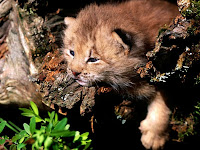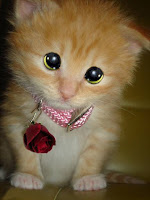
Photographing of architectural constructions is made, as a rule, for reception of the documentary picture, giving necessary representation about appearance of a building or its details. Often, an architectural photographing is a purpose of art reproduction of architectural object. In this case the main task is facing to the photographer, - creation of the expressive artistic image conveying style of an epoch, the country, etc.
At architectural photography paramount value has a choice of a point of shooting on height, remoteness, a corner of shooting. All these factors define the common composition of the shot, size of the plan, prospect. Character of illumination and figure of the chiaroscuro arising on object of shooting is not less important. For example, the successful picture can be received at lateral solar illumination: formed shadows emphasize outlines of a building.
At documentary shooting architectural constructions nearly always to have to use wide-angle-objectives as objects of shooting have big sizes and settle down within the limits of very limited space. If around of a building there is big enough free space and there is freedom in choosing of a point of shooting, that, selecting a focal length of an objective and changing position of the camera, it is possible to operate prospect of the shot and a ratio of the sizes of a building and the objects which placed before it or behind it.
While photographing high buildings there is a problem of converging verticals («falling lines»), connected by that the camera should be inclined upwards that in the shot the topping of a building has entered. Sometimes this problem manages to be solved by a choice of higher point of shooting (probably, from the next building) or by use of the objective, allowing to control prospect (shift-objective), or studio camera with the objective board displaced upwards.
Interiors of buildings are better to photograph in conditions of natural illumination because only at such illumination pictures on which the image of an interior will correspond to a plan of the architect could be received. If the photographic breadth of a film does not allow carrying out shooting at natural illumination it is necessary to provide additional (artificial) illumination.






















































































